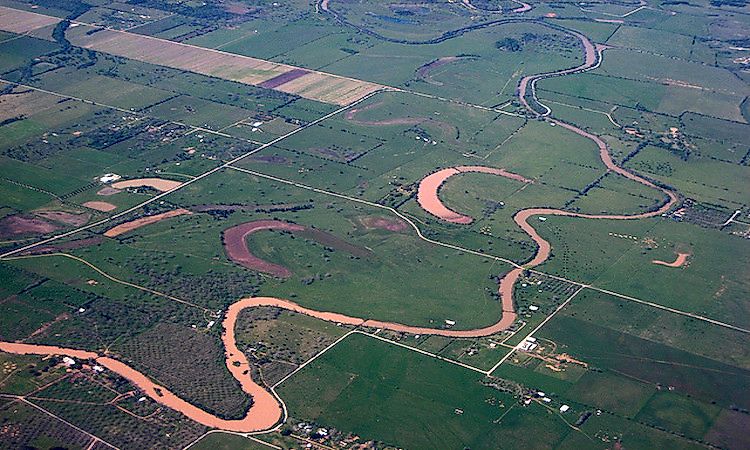|
|
Post by 1dave on Feb 14, 2018 13:07:39 GMT -5
1. Young rivers run fairly straight, but 2. On their few curves, water runs faster on the outside of the curves, slower on the inside, so material is washed away on the outside and deposited on the inside. That is why you look for gold on the inside of curves  3. Over time the curves become greatly exaggerated  4. Old oxbows are abandoned and new ones formed, leaving behind oxbow lakes.  5. River breaks through the oxbows to run fairly straight again, then begins all over again. |
|
|
|
Post by fernwood on Feb 15, 2018 8:18:08 GMT -5
Nice depiction. When in HS I was part of an organization that made model watersheds for educational events. Complete with running water, elevation changes, sand, rocks, sod and seedling trees/bushes.
It was a fun project, which illustrated how flowing water changes the landscape over time.
The oxbow areas depicted above, would be great places to look for rocks/minerals. Who knows what was left there.
|
|
|
|
Post by gmitch067 on Feb 15, 2018 8:53:31 GMT -5
Very nice Dave. Thank you.
My family's property had a stream bed running through it that was fairly dry in the Summer and a raging torrent in the Winter. Each year my Father would drag posts, bailing wire, and old corrugated roofing sheets down to the stream bed to create what he called "frapping" to re-direct the stream's flow and stop erosion along the sides... worried the flow would crest over the banks toward the house... Fun!
|
|















